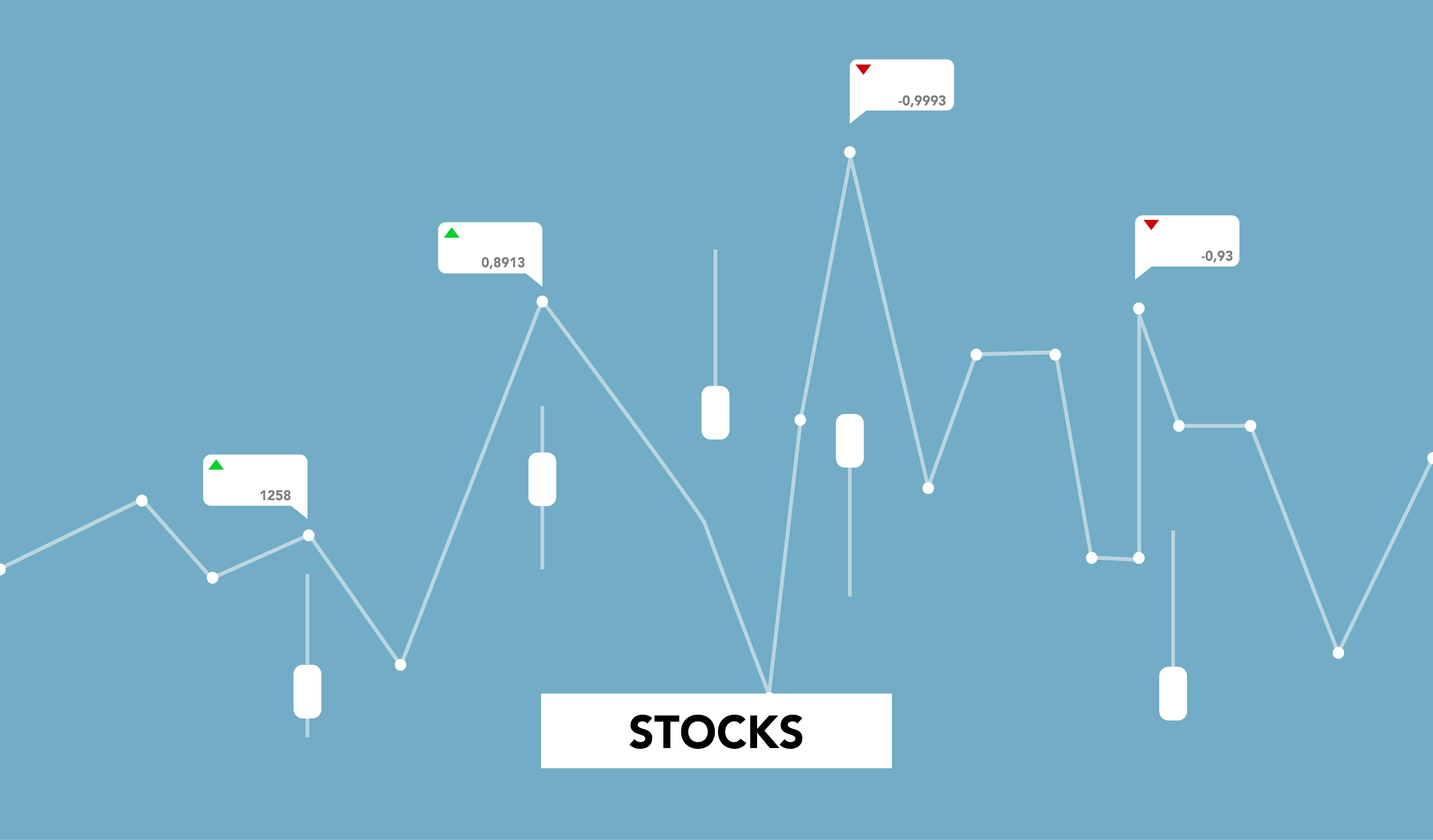Tepid Treasury Demand Drives Bond Yields Up, Stocks Down

New York, USA — Tepid demand for new US Treasury auctions has driven bond yields up, leading to a noticeable decline in major stock indices. The higher yields reflect increased borrowing costs, which can pose risks to economic growth and corporate profitability. This has led to a broad retreat in the equity markets as investors reassess their risk exposure.
Background
US Treasury auctions are a critical mechanism through which the government raises funds to finance its operations. Investors purchase Treasury securities, effectively lending money to the government in exchange for periodic interest payments and the return of principal at maturity. Historically, Treasuries have been considered a safe investment, attracting strong demand from both domestic and international investors. However, recent trends in the bond market have shown signs of weakening demand, culminating in the current situation.
Tepid Demand for US Treasuries
Recent Treasury auctions have seen lackluster interest from investors, raising concerns about the attractiveness of US government debt at current price levels. Several factors have contributed to this tepid demand, including rising inflation expectations, potential shifts in monetary policy, and global economic uncertainties. The weak demand has pushed bond prices down, causing yields to rise as investors require higher returns to compensate for perceived risks.
Rising Bond Yields
Bond yields and prices move inversely; as demand for bonds falls, prices drop and yields rise. The recent increase in bond yields indicates higher borrowing costs for the government, businesses, and consumers. Historically, yields on US Treasuries have served as a benchmark for various interest rates across the economy. The current rise in yields signals a shift towards tighter financial conditions, potentially dampening economic activity.
Impact on Stock Markets
The rise in bond yields has had a pronounced impact on the stock markets. Higher yields make bonds more attractive relative to stocks, leading to a reallocation of investment portfolios. Additionally, rising borrowing costs can squeeze corporate profit margins and reduce consumer spending, creating a less favorable environment for equities. The sectors most impacted by the sell-off include technology, real estate, and utilities, which are particularly sensitive to changes in interest rates.
Major indices, such as the S&P 500, Dow Jones Industrial Average, and Nasdaq Composite, have all experienced declines as investors react to the bond market developments. High-profile companies across various sectors have also seen their stock prices fall, reflecting broader market anxiety.
Investor Sentiment and Market Behavior
Investor sentiment has shifted in response to the bond market changes. As bond yields rise, investors often move funds from riskier assets like stocks to the perceived safety of bonds, exacerbating the sell-off in equities. This shift in preferences highlights the sensitivity of the stock market to changes in interest rates and broader economic indicators.
Market volatility has increased as traders react to the evolving situation, leading to more pronounced swings in stock prices. This heightened volatility can create uncertainty, prompting further cautious behavior from investors.
Economic Implications
The long-term effects of higher bond yields on the economy could be significant. Increased borrowing costs can hinder business expansion and reduce consumer spending, potentially slowing economic growth. Higher yields also influence mortgage rates and other forms of consumer credit, impacting the housing market and broader financial conditions.
Monetary policy may also be affected, as central banks consider the implications of rising yields in their interest rate decisions. The Federal Reserve, for example, may need to balance the need for economic support with the risks of inflation and financial stability.
Expert Opinions and Forecasts
Financial analysts and economists have offered varied insights into the current market dynamics. Some view the rise in bond yields as a necessary correction reflecting economic fundamentals, while others warn of potential risks to growth and stability. Predictions for future trends suggest continued volatility, with yields likely to remain a key focus for investors.
Experts recommend that investors adopt a cautious approach, diversifying portfolios to manage risks associated with both equities and fixed income securities. They emphasize the importance of monitoring economic indicators and central bank communications to navigate the uncertain market environment effectively.
Conclusion
Tepid demand for new US Treasury auctions has driven bond yields up, leading to significant declines in major stock indices. This development underscores the interconnected nature of financial markets and the impact of changing interest rate expectations on investor behavior. As the economic landscape continues to evolve, the future movements of bond yields and stock markets will be closely watched by investors and policymakers alike. The current trends highlight the need for careful risk management and strategic investment decisions in an increasingly volatile environment.
Skepticism Surrounds Trump's Dollar Devaluation Proposal
Investors and analysts remain skeptical of former President Trump's dollar devaluation plan, citing tax cuts and tariffs... Read more
Financial Markets In Flux After Biden's Exit From Presidential Race
Re-evaluation of ‘Trump trades’ leads to market volatility and strategic shifts.The unexpected withdrawal of Joe Bid... Read more
British Pound Poised For Continued Gains As Wall Street Banks Increase Bets
The British pound is poised for continued gains, with Wall Street banks increasing their bets on sterling's strength. Th... Read more
China's PBoC Cuts Short-Term Rates To Stimulate Economy
In a move to support economic growth, the People's Bank of China (PBoC) has cut its main short-term policy rate for the ... Read more
Investors Embrace 'Trump Trade' Amid Prospects Of Federal Reserve Rate Cuts
As the Federal Reserve signals potential interest rate cuts, investors are reviving the so-called 'Trump trade,' charact... Read more
No Market Dominance Is Permanent: Lessons From US Stock Leadership
The US stock market has long been a dominant force in the global financial landscape, leading in innovation, economic gr... Read more

